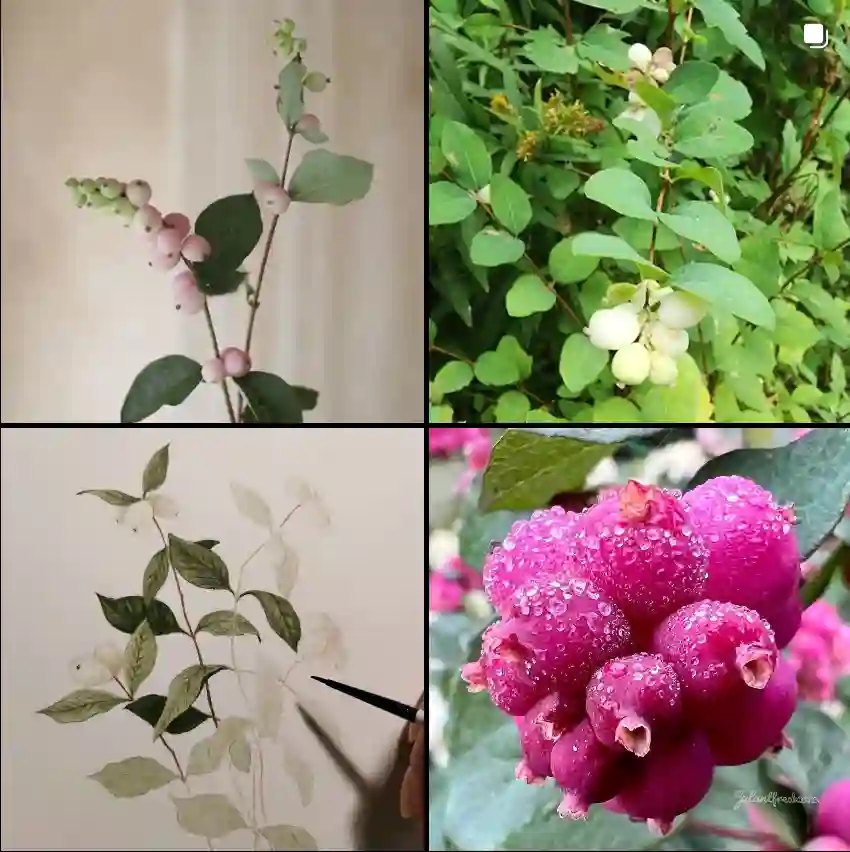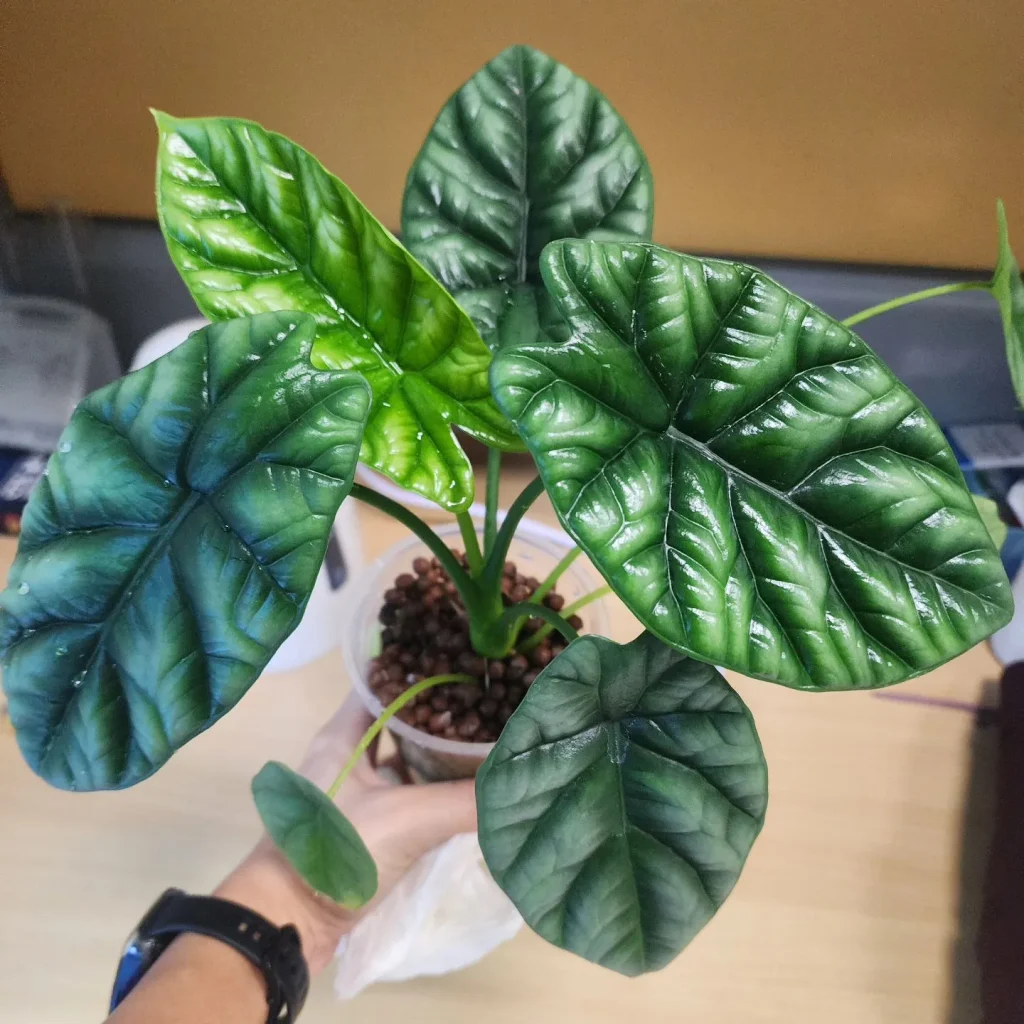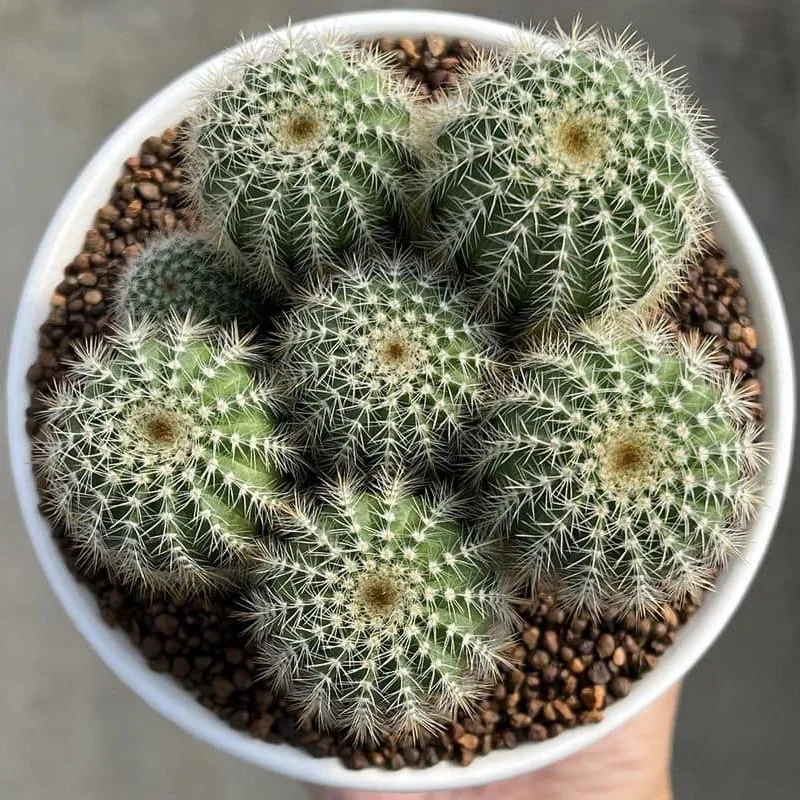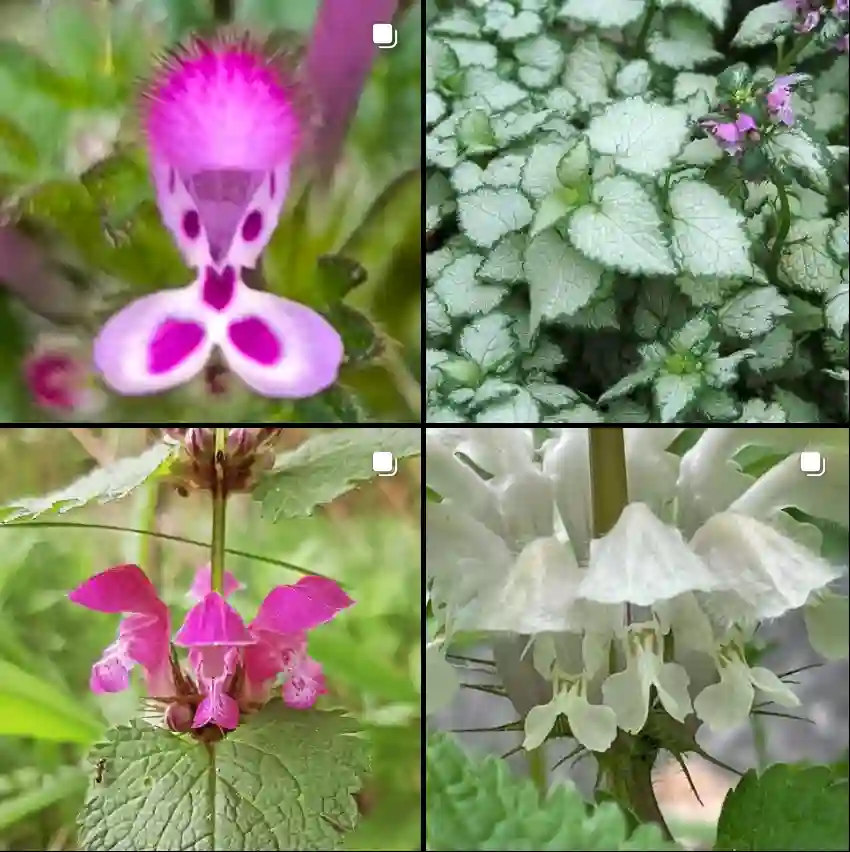FAQs About Castilleja Applegatei
Castilleja Applegatei has always intrigued me with its unique beauty and intriguing characteristics. If you’re curious about this plant, you’re not alone. I’ve gathered answers to some of the most common questions about Castilleja Applegatei to help you better understand and care for this fascinating species.
218 Species in Genus Castilleja
What Is Castilleja Applegatei?
Castilleja Applegatei, commonly known as Applegate’s Paintbrush, is a flowering plant native to the western United States. It belongs to the Orobanchaceae family, which is known for its parasitic and semi-parasitic plants. This species is particularly noted for its vibrant red to orange tubular flowers that resemble a paintbrush, hence the name.
This plant is often found in dry, rocky areas and is adapted to thrive in these tough conditions. Its unique appearance and adaptability make it a standout choice for native plant gardens or naturalized landscapes.
How to Care for Castilleja Applegatei?
Caring for Castilleja Applegatei requires understanding its native habitat and replicating those conditions as closely as possible. Here’s what I’ve found works best:
- Sunlight: It thrives in full sun, so ensure it gets plenty of direct sunlight throughout the day. A minimum of six hours of sun is ideal.
- Soil: This plant prefers well-drained, sandy, or rocky soils. Good drainage is crucial to prevent root rot. I’ve had success using a mix of sand and soil to mimic its natural environment.
- Watering: Castilleja Applegatei is drought-tolerant and does not require frequent watering. Allow the soil to dry out between waterings to prevent overwatering issues.
- Temperature: It’s quite hardy and can tolerate a range of temperatures, but it performs best in cooler climates. Protect it from extreme heat and frost if you’re in a region with harsh winters.
How to Propagate Castilleja Applegatei?
Propagating Castilleja Applegatei can be a bit challenging due to its parasitic nature. Here’s what I’ve learned about propagation:
- Seeds: The most common method is from seeds. Collect seeds once the flowers have dried and use them to sow in a well-drained soil mix. Seeds should be sown in late winter or early spring.
- Transplanting: Young plants can be carefully transplanted when they have developed a few sets of leaves. Be gentle to avoid disturbing the roots too much.
- Rooting: Root cuttings are less common and more difficult. Since the plant often relies on other plants for nutrients, it’s usually better to stick with seeds.
What to Plant With Castilleja Applegatei?
When planting Castilleja Applegatei, it’s best to choose companions that share similar soil and light requirements. I’ve had good results pairing it with:
- Penstemon: These plants have similar sunlight and soil needs and can complement the vibrant color of the paintbrush flowers.
- Eriogonum: Also known as buckwheat, these plants thrive in dry conditions and can create a beautiful contrast with Castilleja Applegatei.
- Artemisia: With its silver foliage and drought tolerance, Artemisia can enhance the visual appeal of your garden alongside Castilleja Applegatei.
Is Castilleja Applegatei Toxic?
Castilleja Applegatei is not known to be toxic to humans or animals. However, due to its parasitic nature, it’s best not to consume it or allow pets to nibble on it. While it’s generally safe, exercising caution with any plant is a good practice.
Benefits and Common Problems
Castilleja Applegatei offers several benefits:
- Aesthetic Appeal: Its striking red to orange flowers add a splash of color to any garden.
- Low Maintenance: It requires minimal care once established, making it perfect for a low-maintenance garden.
Common problems include:
- Parasitic Nature: Its reliance on other plants for nutrients can make it challenging to grow in gardens where suitable host plants are not available.
- Pests and Diseases: While not highly susceptible, keep an eye out for common garden pests and ensure good air circulation to prevent fungal issues.
Comparing Castilleja Applegatei to Similar Plants
When compared to other similar plants, Castilleja Applegatei stands out for its vibrant flower color and unique growth habits. For example:
- Castilleja Miniata (Common Red Paintbrush): Similar in appearance but usually smaller and with slightly different flower colors.
- Castilleja Coccinea (Scarlet Paintbrush): Another striking species with a similar color range but different habitat preferences.
In summary, Castilleja Applegatei is a captivating plant with specific care requirements that reflect its native habitat. Whether you’re adding it to a native plant garden or just looking to enhance your landscape with unique flora, understanding its needs and characteristics will help you grow this stunning plant successfully.
If i die, water my plants!



